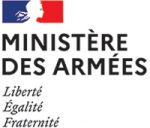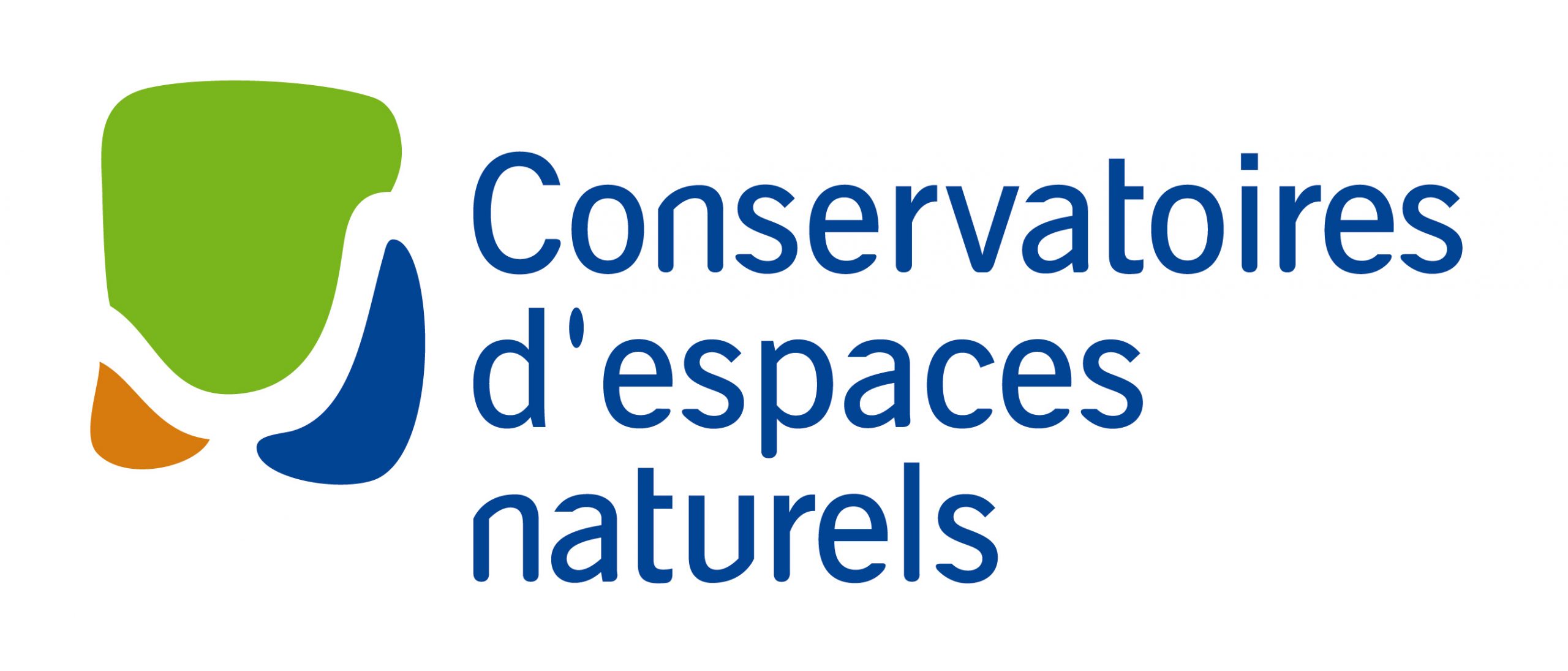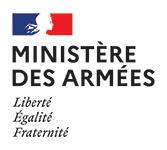
Reconciling protection of biodiversity with the operational preparation of the armed forces on training sites is the challenge that the French ministry of the Armed Forces wishes to meet through the LIFE NaturArmy programme, with the support of the Conservancies of Natural Areas (CENs).
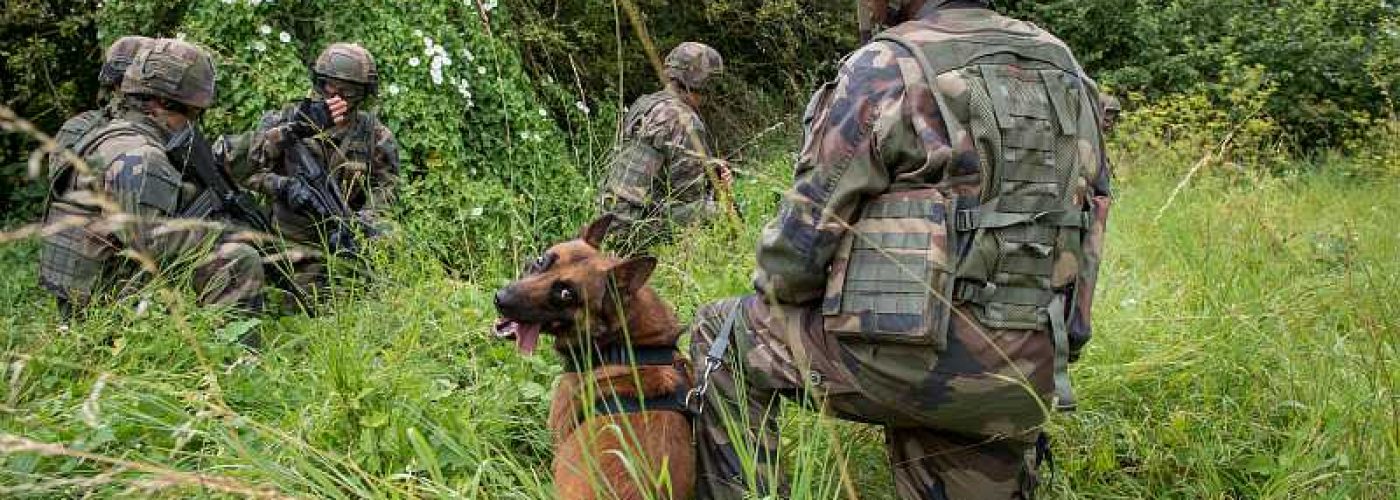
Integration of biodiversity into the management of military land
The challenges detailed in the objectives documents for the Natura 2000 sites will be integrated into the day-to-day management of the military sites. The pilot sites, supported by the Conservancies of Natural Areas (CENs) will carry out experiments to find ways to better reconcile the environmental challenges with local procedures relating to operational preparation or site maintenance and with other land uses (hunting, fishing, shooting, etc.). On completion of these local experiments, summary data sheets will be produced to provide useful information to the staff in charge of managing the natural areas on the military sites.
Progress so far
Since 2019, experiments have begun on all the pilot sites, covering a variety of activities: management of fire breaks, ponds and ditches, bird strike hazard, invasive alien species, etc. The exploitation of the lessons learned in these experiments will make it easier to take biodiversity issues into account on most of the military sites.
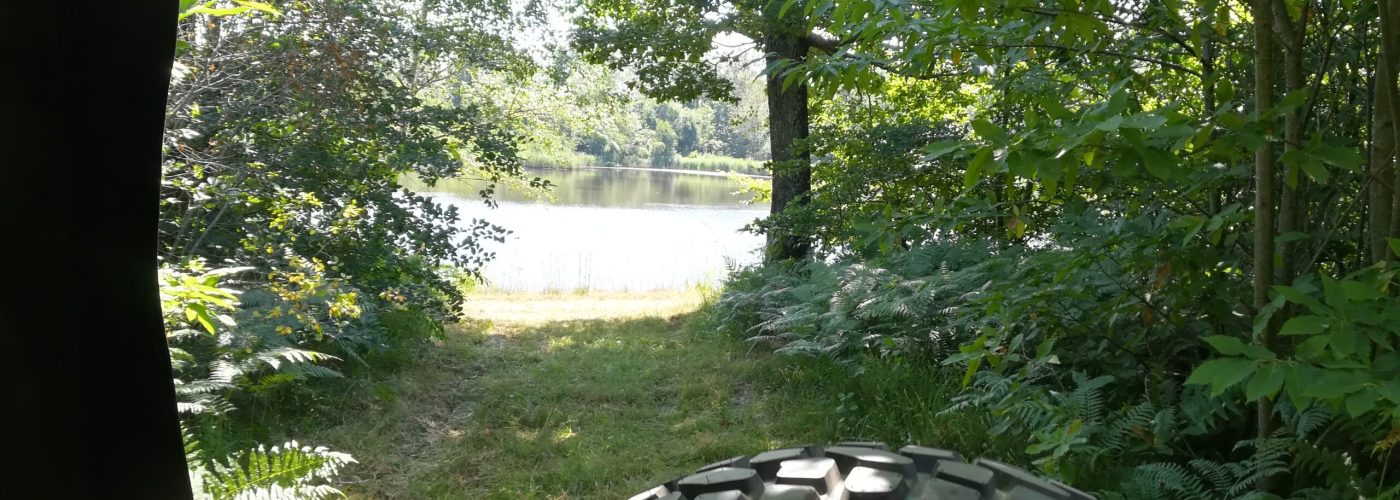
Integrating military activities in Natura 2000 Objectives Documents
Currently in France, military activities are rarely taken into account in Natura 2000 Objectives Documents (DOCOBs). The Conservancies of Natural Areas (CENs) will be updating the DOCOBs for two camps (Suippes, Montmorillon and Avon) in order to ensure they contain a better description of the military activities and get the authorities more involved. The feedback from this process will allow the national Natura 2000 system to be specifically adapted for military land.
Progress so far
The Champagne-Ardenne CEN (CEN CA) started writing the DOCOB for Suippes camp as early as 2019, based on the CT88 method, a new method of drawing up management plans for natural areas. In consultation with the parties involved on the site and thanks to the improved knowledge of biodiversity, the CEN CA has been able to take account of operational activities in the new objectives document, which will be finalised in 2022. Montmorillon camp’s DOCOB is currently being rewritten. The management plan that comes out of it will be developed as part of the LIFE programme. At Avon camp, the military site will begin contributing to the updating of the “Chaumes d’Avon” Natura 2000 site DOCOB in 2022.
At the same time, the National Natural History Museum (MNHN) is working on the interactions between military activities and biodiversity at national level.
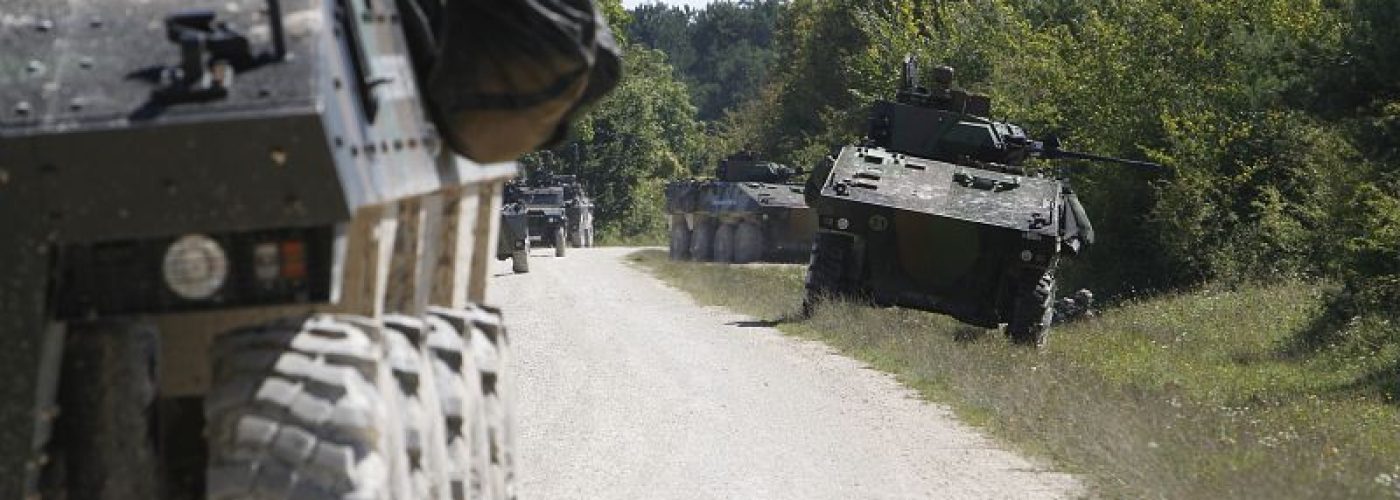
POB approach (Operational Preparation and Biodiversity)
The Army is using a specific tool known as POB (Operational Preparation and Biodiversity) to reconcile operational activities and biodiversity. This tool links the planning of military activities with the taking into account of biodiversity issues. An Army-CEN working group will be improving the POB process so that it provides better responses to the biodiversity issues. The Army will present its approach to the other armed forces, directorates and departments (Air and Space Force and Navy) with a view to transferring its experience.
Progress so far
The sustainable development policy for training areas and the related directive promoting this tool were published in 2020. Air base BA 115 (Orange) and the PACA CEN have volunteered to adapt the Army’s Operational Preparation and Biodiversity (Préparation Opérationnelle et Biodiversity, POB) approach to the specificities of the Air Force. Work on this project will begin in 2022.
Project partners
